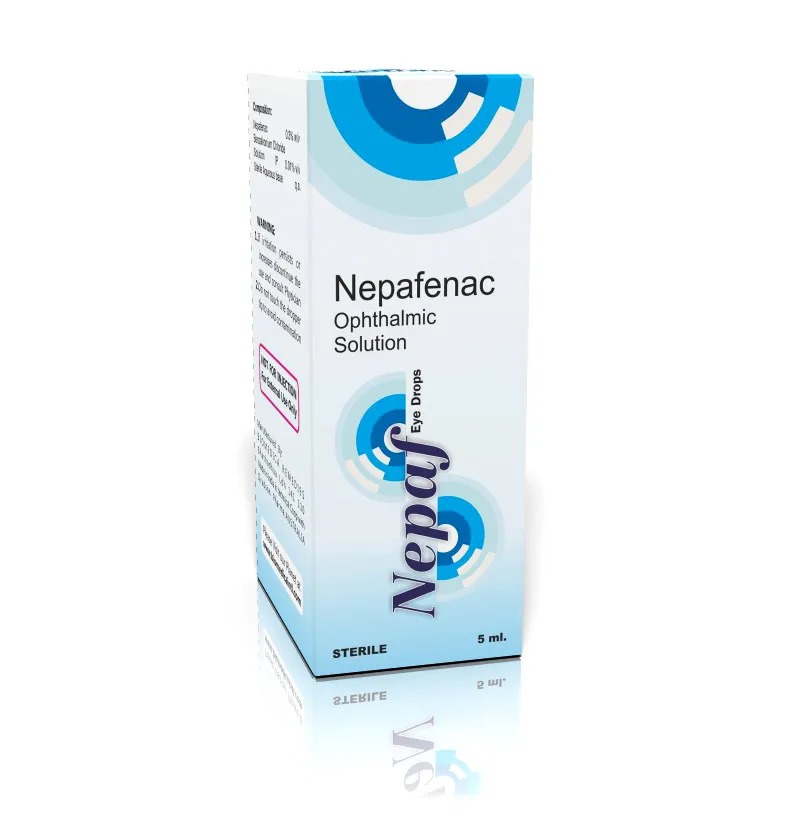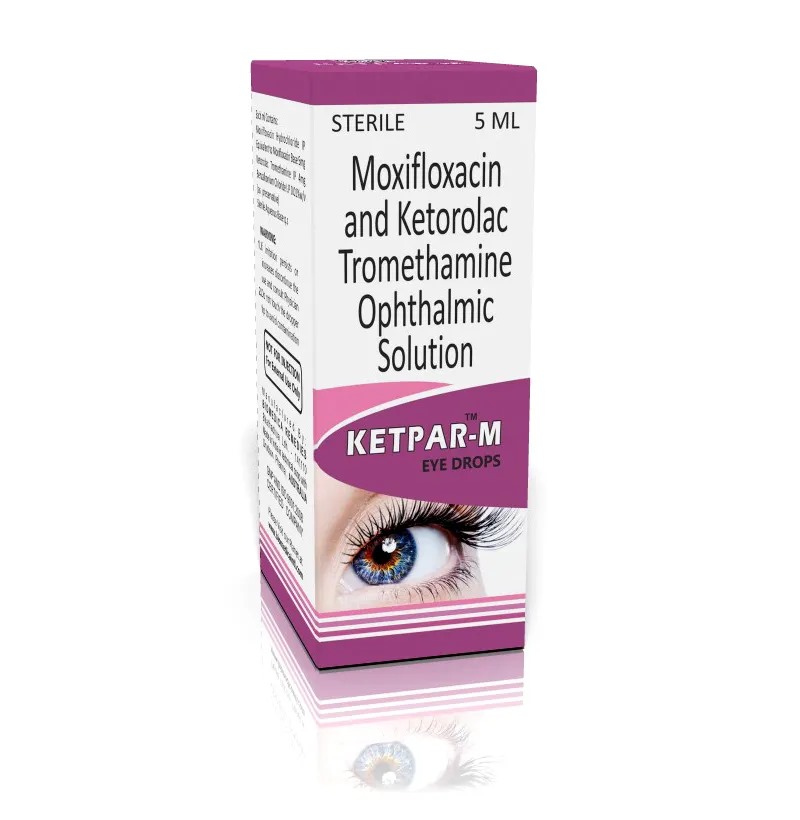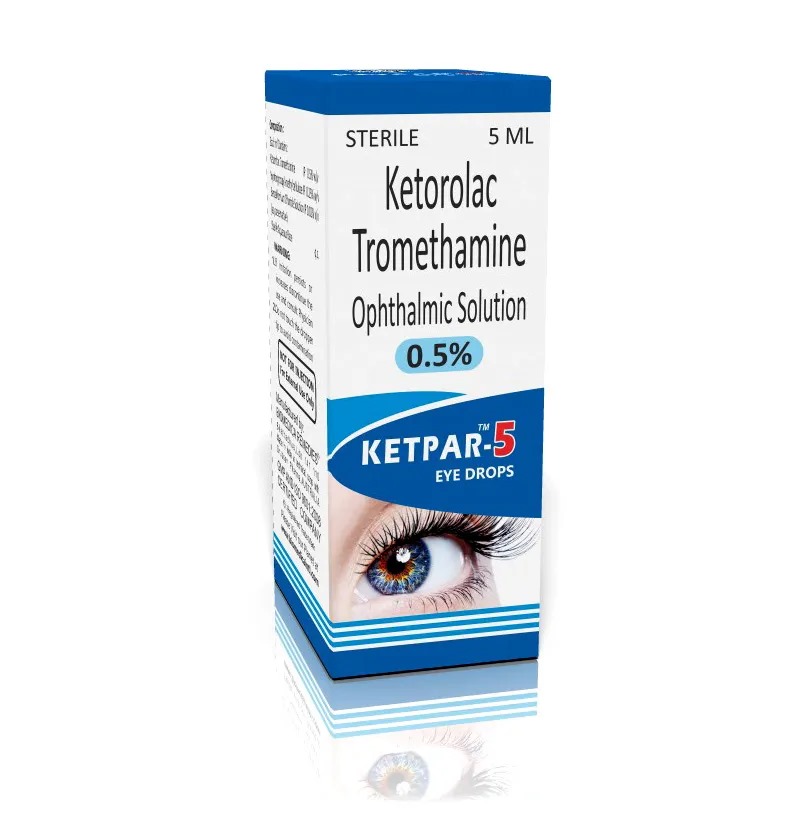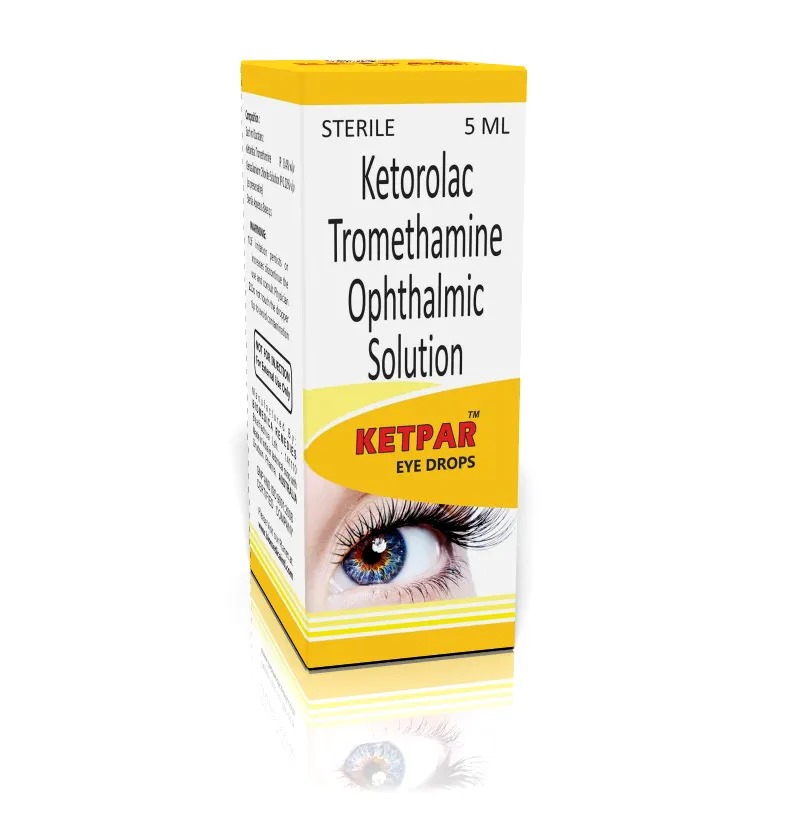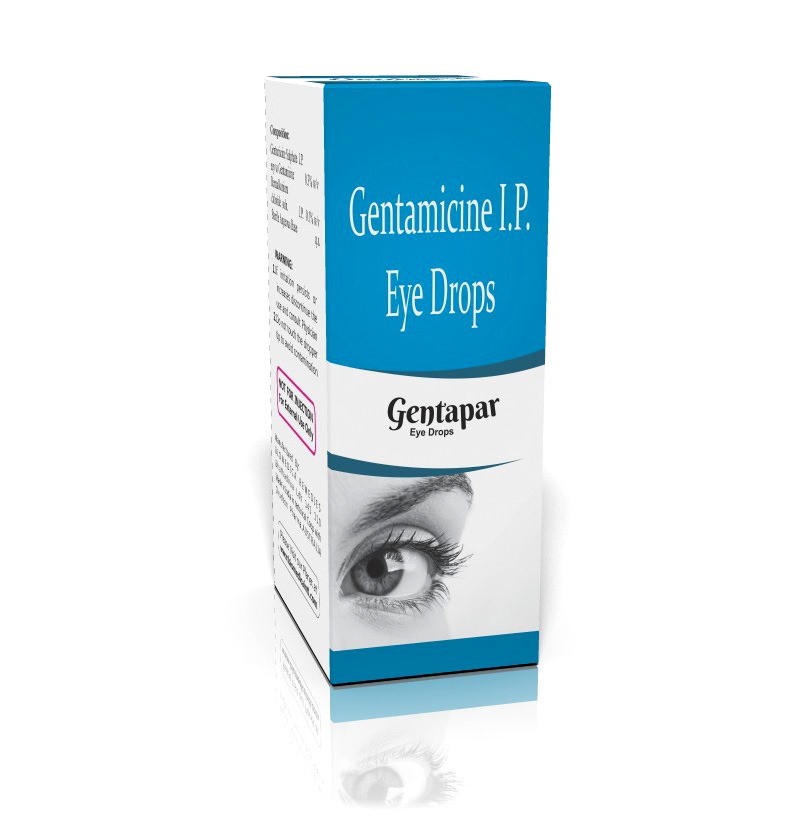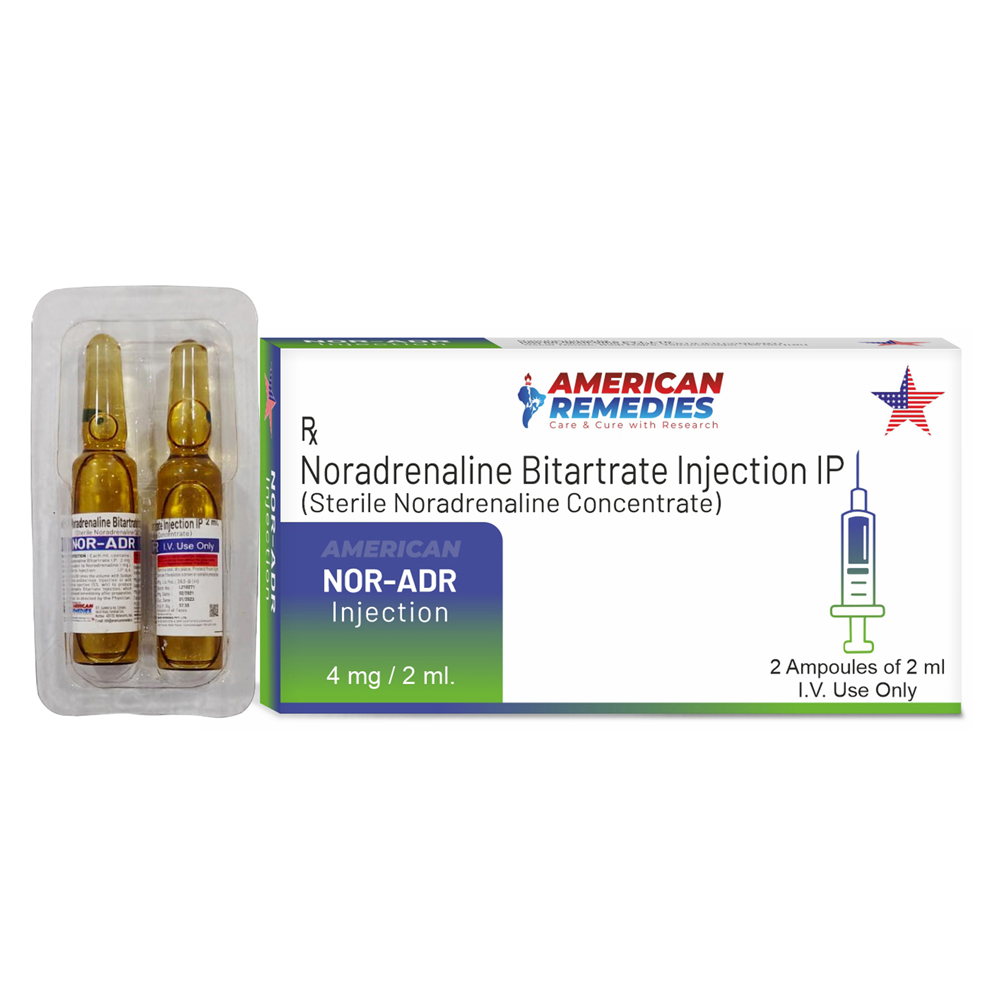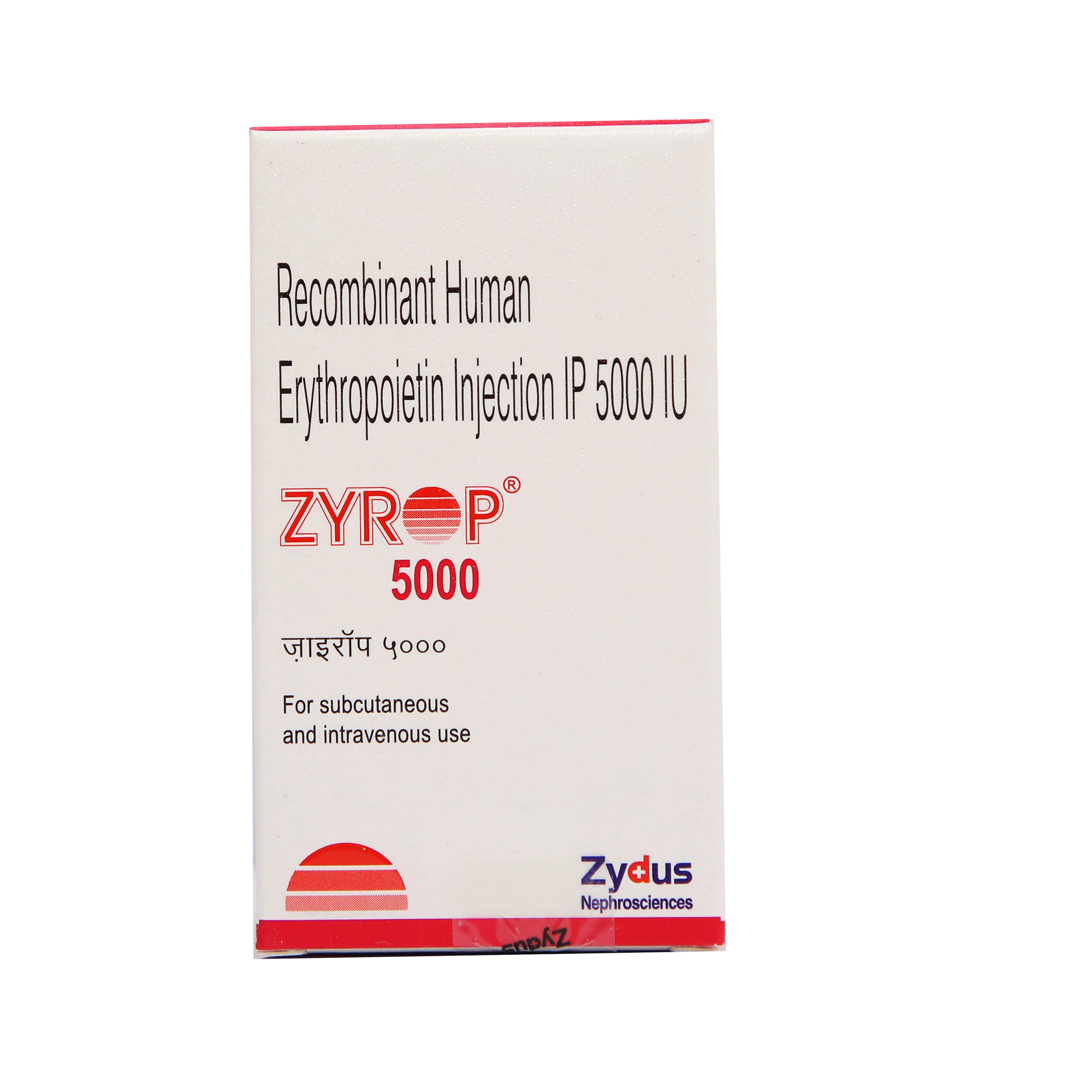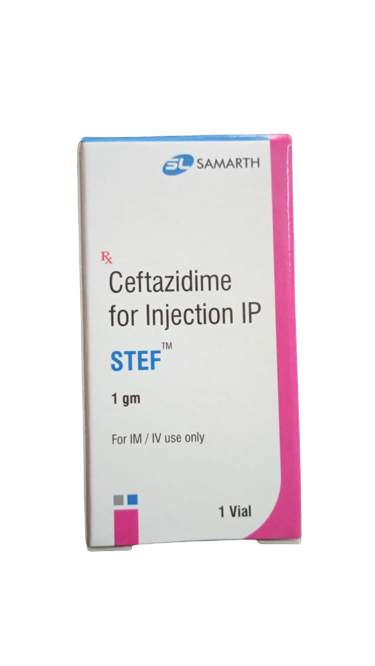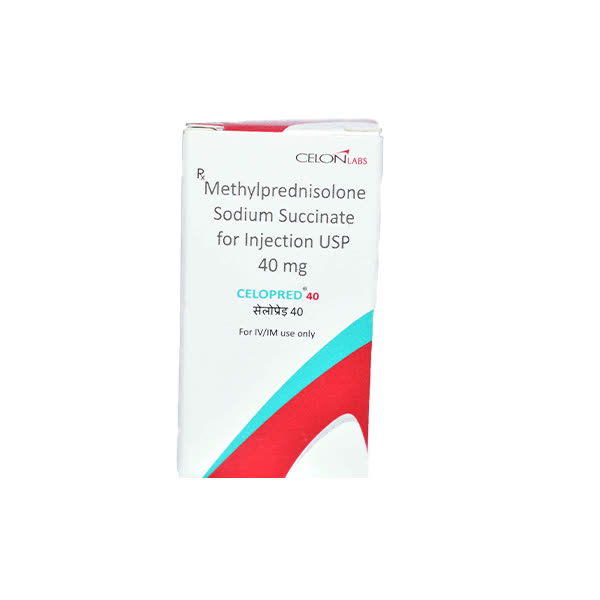Nepaf Eye Drop is a pain relieving medicine used to treat pain and inflammation associated with cataract surgery. It blocks and reduces the release of certain chemicals in the eye that cause pain and swelling. This makes the healing process after eye surgery more comfortable and helps the eye heal faster. Always wash your hands before using Nepaf Eye Drop. Use only the number of drops that your doctor has prescribed and wait for about five minutes between each drop. If you wear contact lenses, remove them before using the drops and wait for at least 15 minutes before putting them back in. You should not touch the tip of the dropper or bottle. This may lead to infection. Use of the medicine may cause decreased vision, foreign body sensation in the eyes, and increased intraocular pressure. These are usually temporary and resolve with time. However, if they persist or get worse, you should let your doctor know. Your doctor may be able to suggest ways of preventing or reducing the symptoms.
Send Message